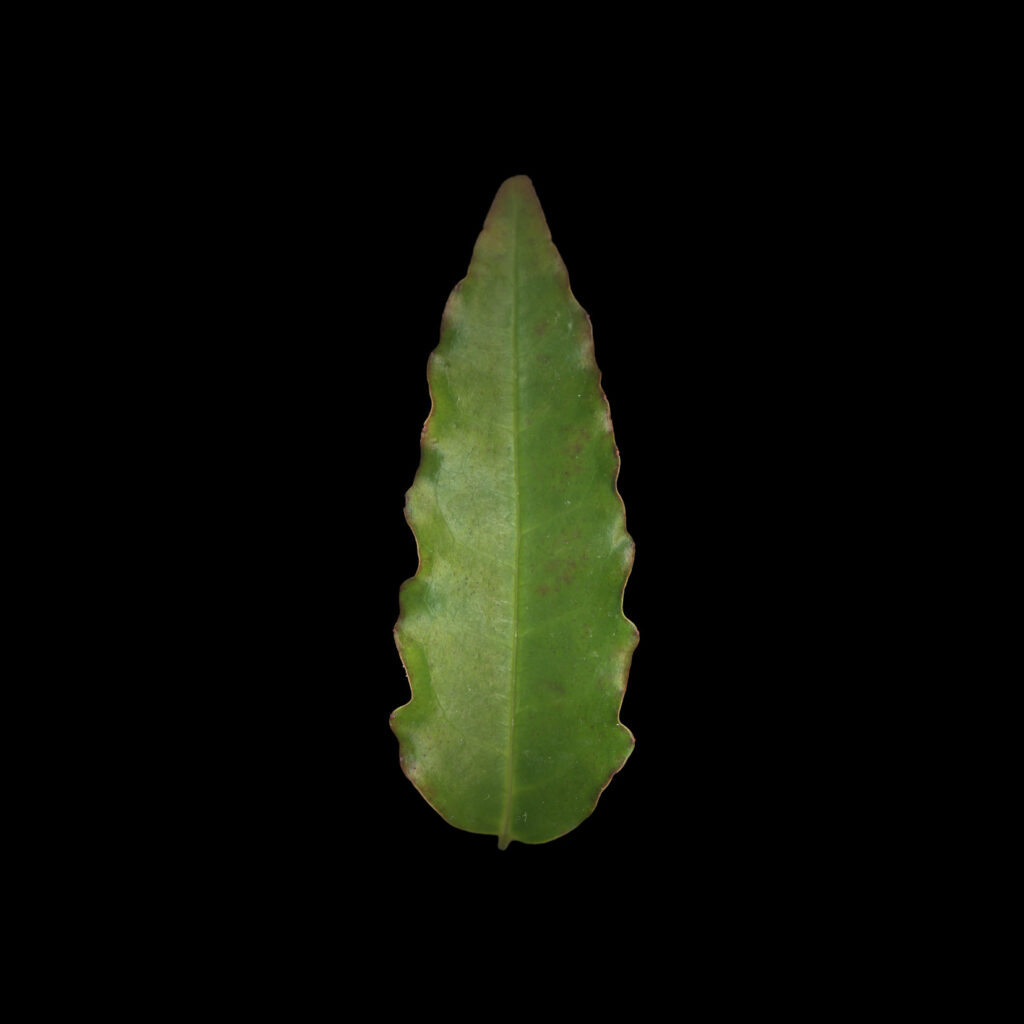
Previous studies have suggested that early land plants did not have lateral leaf-like organs (hereafter referred to as just “leaves”) and acquired them through multiple processes. This acquisition of leaves in land plants has also resulted in more efficient photosynthesis and the release of oxygen, which has changed the composition of the Earth’s atmosphere. This change in atmospheric composition has also been suggested to have contributed to the subsequent expansion of animals onto land. Therefore, the acquisition of leaves by land plants is one of the most important events in the history of the Earth. However, the most fundamental question, “By what molecular mechanism did plants acquire leaves in the course of their evolution,” has not yet been clarified. Therefore, the Tsukaya Lab. aims to clarify this question by using comparative transcriptome analysis of several model plants. Specifically, we will perform transcriptome analysis of leaf primordia using multiple plants whose genome information is known, including Amborella trichopoda, the most basal plant in the phylogenetic tree. From the obtained data, we will construct a gene network for leaf morphogenesis and compare the networks among species. By comparing these networks with those of basal land plants, we hope to address how the gene networks involved in leaf morphogenesis have changed during plant evolution, and how this has led to the acquisition of leaves.
